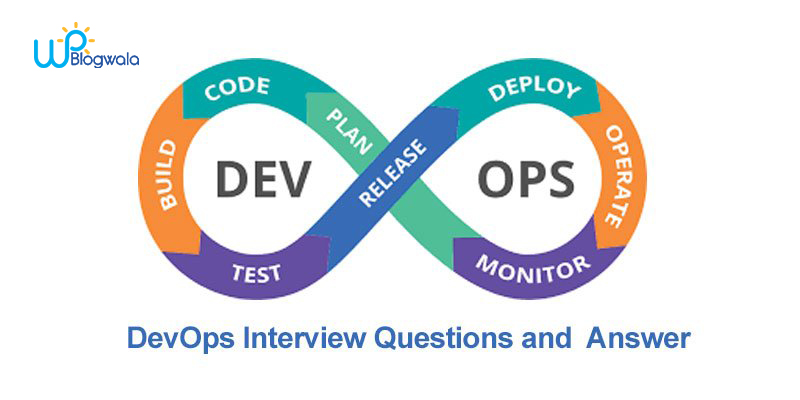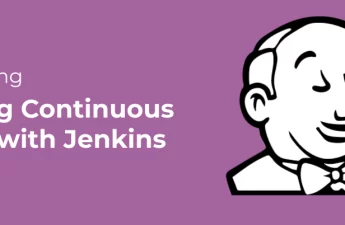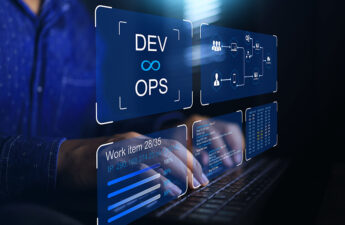DevOps stands for Development and Operations. It is a software engineering practice that focuses on bringing together the development team and the operations team for the purpose of automating the project at every stage. This approach helps in easily automating the project service management in order to aid the objectives at the operational level and improve the understanding of the technological stack used in the production environment.
Table Of Contents
- What do you know about DevOps
- How is DevOps different from agile methodology
- Most Popular DevOps tool.
- Concept of Branching
- Git Commands
- Role and Benefits of DevOps
1. What do you know about DevOps?
Your answer must be simple and straightforward. Begin by explaining the growing importance of DevOps in the IT industry. Discuss how such an approach aims to synergize the efforts of the development and operations teams to accelerate the delivery of software products, with a minimal failure rate. Include how DevOps is a value-added practice, where development and operations engineers join hands throughout the product or service lifecycle, right from the design stage to the point of deployment.
2. How is DevOps different from agile methodology?
DevOps is a culture that allows the development and the operations team to work together. This results in continuous development, testing, integration, deployment, and monitoring of the software throughout the lifecycle.
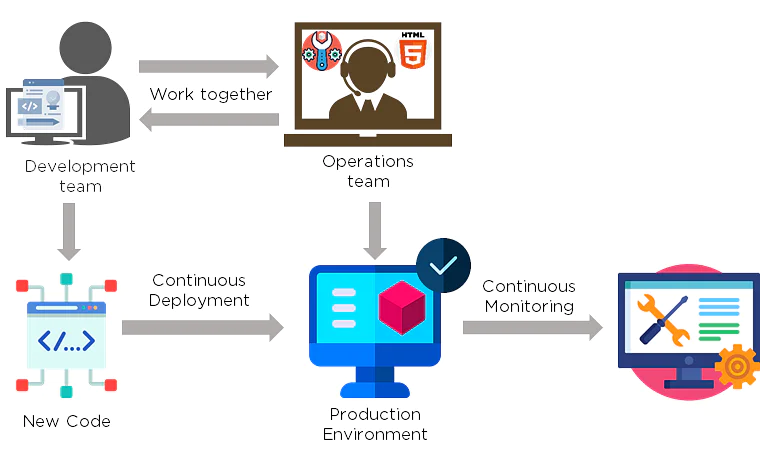
Agile is a software development methodology that focuses on iterative, incremental, small, and rapid releases of software, along with customer feedback. It addresses gaps and conflicts between the customer and developers.

3. Which are some of the most popular DevOps tools?
The most popular DevOps tools include:
- Selenium
- Puppet
- Chef
- Git
- Jenkins
- Ansible
- Docker
4. What are the different phases in DevOps?
The various phases of the DevOps lifecycle are as follows:
- Plan – Initially, there should be a plan for the type of application that needs to be developed. Getting a rough picture of the development process is always a good idea.
- Code – The application is coded as per the end-user requirements.
- Build – Build the application by integrating various codes formed in the previous steps.
- Test – This is the most crucial step of the application development. Test the application and rebuild, if necessary.
- Integrate – Multiple codes from different programmers are integrated into one.
- Deploy – Code is deployed into a cloud environment for further usage. It is ensured that any new changes do not affect the functioning of a high traffic website.
- Operate – Operations are performed on the code if required.
- Monitor – Application performance is monitored. Changes are made to meet the end-user requirements.
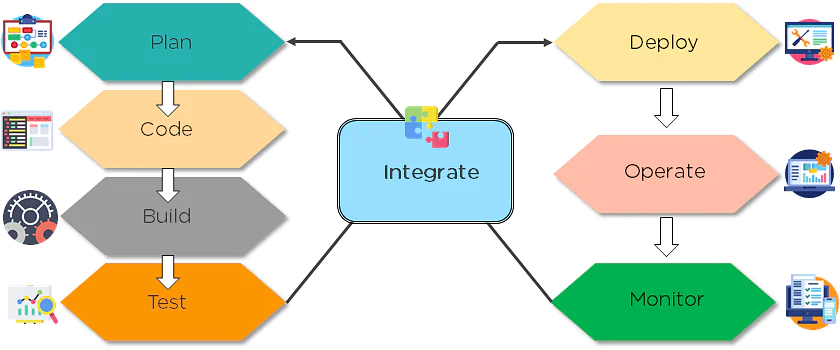
The above figure indicates the DevOps lifecycle.
4. Explain the concept of branching in Git.
Suppose you are working on an application, and you want to add a new feature to the app. You can create a new branch and build the new feature on that branch.
- By default, you always work on the master branch
- The circles on the branch represent various commits made on the branch
- After you are done with all the changes, you can merge it with the master branch

6. Which of the following CLI commands can be used to rename files?
- git rm
- git mv
- git rm -r
- None of the above
The correct answer is B) git mv
7. How do you push a file from your local system to the GitHub repository using Git?
First, connect the local repository to your remote repository:
git remote add origin [copied web address]
// Ex: git remote add origin https://github.com/Wpblogwala-github/test.git
Second, push your file to the remote repository:
git push origin master
8. How is a bare repository different from the standard way of initializing a Git repository?
Using the standard method:
git init
- You create a working directory with git init
- A .git subfolder is created with all the git-related revision history
Using the bare way
git init –bare
- It does not contain any working or checked out a copy of source files
- Bare repositories store git revision history in the root folder of your repository, instead of the .git subfolder
9. What is the role of configuration management in DevOps?
- Enables management of and changes to multiple systems.
- Standardizes resource configurations, which in turn, manage IT infrastructure.
- It helps with the administration and management of multiple servers and maintains the integrity of the entire infrastructure.
10. Mention some of the core benefits of DevOps.
The core benefits of DevOps are as follows:
Technical benefits
- Continuous software delivery
- Less complex problems to manage
- Early detection and faster correction of defects
Business benefits
- Faster delivery of features
- Stable operating environments
- Improved communication and collaboration between the teams
Conclusion
There you go, these are some of the most common 10 DevOps interview questions that you might come across while attending an interview. As a DevOps Engineer, in-depth knowledge of processes, tools, and relevant technology is essential and these DevOps interview questions and answers will help you get some knowledge about some of these aspects. In addition, you must also have a holistic understanding of the products, services, and systems in place.

